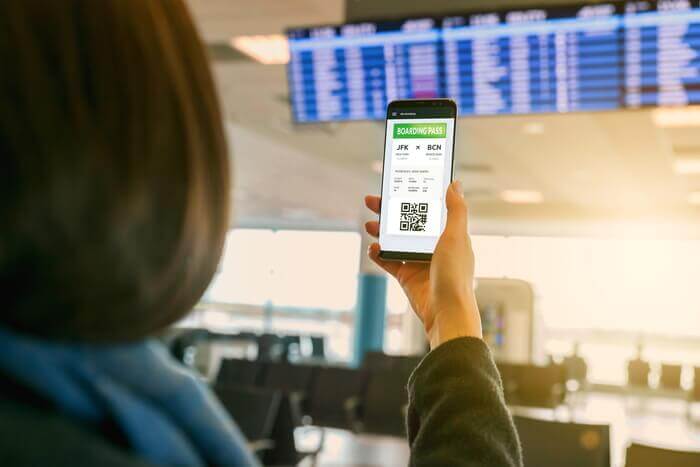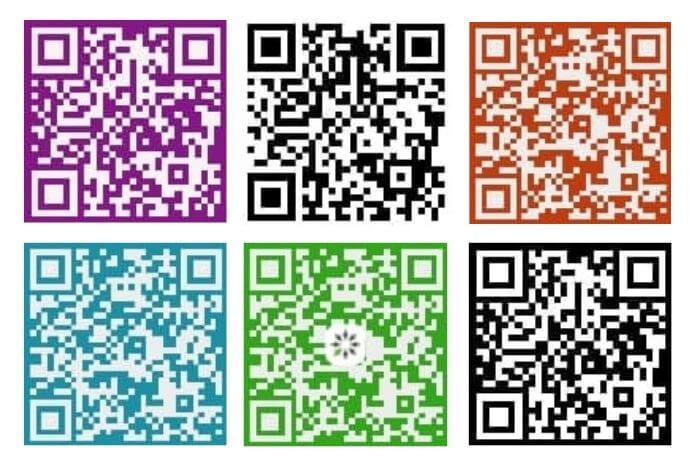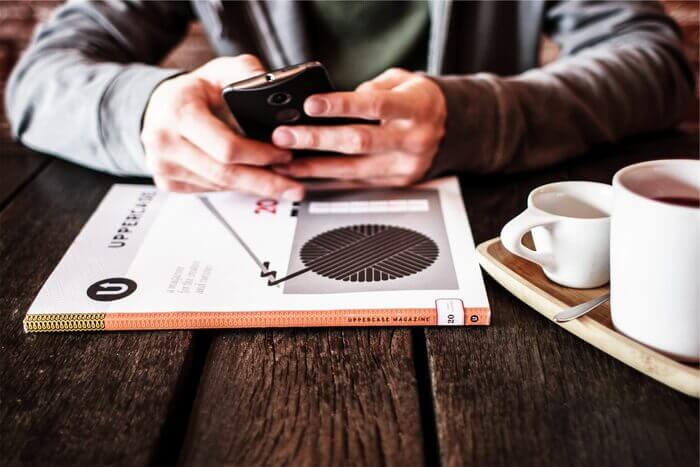QR Codes for Technical Communication
 Elmirain Technical Communication on 3/31/2021 — 6 minute read
Elmirain Technical Communication on 3/31/2021 — 6 minute read Elmirain Technical Communication on 3/31/2021 — 6 minute read
Elmirain Technical Communication on 3/31/2021 — 6 minute read

A QR code or a Quick Response code is a type of matrix barcode first designed in 1994 in Japan to track vehicles in the automotive industry during the manufacturing process, not as a helpful marketing tool we see today. A barcode is a machine-readable optical label with information about the item to which it is attached. It’s basically a quick, scannable barcode-like image that takes you to a specific digital destination.
Nowadays, most people have smartphones so that they can read the QR code. QR code scanner may be inbuilt into your camera. The way to find this out would be to scan a QR code using the camera on your smartphone. Couldn’t do it? No worries, download an app that lets you scan the QR code. There are free apps available for this purpose. Just type in the text ‘QR code scanner’ in your play store search bar and choose any of the free apps listed.
All QR codes have a square shape and include three square outlines in the bottom-left, top-left, and top-right corners. These parts of the QR code must always remain unedited. These are essentially position markers, and their job is to tell the scanner where the edges of the QR code are.
There are different versions and sizes of QR codes. The best part is that you can create a QR code yourself. There are many websites available that let you generate a QR code for free. Creating QR codes is pretty straightforward if you only want to create a basic design, but if you’re looking to create a fully customized QR code, things can often get complicated. It’s usually a good idea to leave this to an experienced graphic designer with knowledge of QR codes if possible.

There is a wide range of data that can be stored in a QR code. Examples are:
Ultimately the objective of QR codes is to empower consumers to engage with the market. Those little mottled black and white graphics that let people link to different locations are great on printed materials. Add QR codes to marketing materials, business cards, device labels, packaging and instructions for medicine, the front/back cover of manuals, and any other place where you want to. The QR code is stored as an image so that you can reuse it all over the place.
There are plenty of online QR code generators, just Google (or Bing) the phrase ‘QR code generator’, and you’ll likely be confronted with millions of results. Simply pick your favorite.

A recent study showed that almost 86% of adults in America use social media platforms in their everyday lives. Visual QR codes have made communication a lot easier, and it is the fastest yet effective way of communicating.
Major social media platforms like Snapchat, Facebook, Twitter, etc., use built-in QR codes that let users add friends through scanning their unique QR codes. This factor has led to the massive adoption of QR Codes. Hence, from product packaging to the walls of buildings, you can find various types of QR Codes almost everywhere. QR codes help you:
QR Codes are a common sight now. Thanks to the increase in smartphone penetration and access to high-speed mobile internet increased. In addition to this, internet users have grown by 7.3% from Jan 2020 to Jan 2021. Here, 96.6 % of device ownership belongs to smartphone users.

There’s a magical world inside that little square. It can add value to your technical documentation. The trick is to use it right, and it will serve you well. So here are some helpful principles:
When it comes to using modern technology and utilities, the USA has always been on top. According to the justifications described above, QR codes are getting an enormous push by the retail industry, social media platforms, education, initiations, and brand awareness. It has been used in different countries such as South Korea, Thailand, Singapore, Ghana, Brazil, Russia, and most QR codes were utilized to combat the spread of the COVID-19 by making contactless registration, payments, and tracking using QR codes. Moreover, this smart-tech tool has also been used to provide and deliver accurate information to the end-user.
Good luck with your technical writing!
ClickHelp Team
Author, host and deliver documentation across platforms and devices
Get monthly digest on technical writing, UX and web design, overviews of useful free resources and much more.
"*" indicates required fields